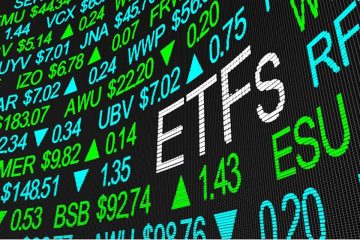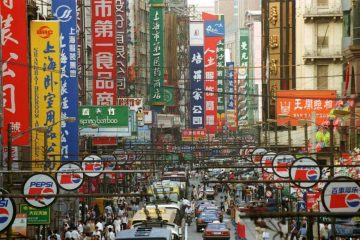Hyperinflation is hard to grasp, harder still to tolerate
IN 1946 Gyorgy Faludy, a Hungarian poet, received 300bn pengo for a new edition of his works. The sum would have been worth $ 60bn before the second world war. But after the Nazis departed with Hungary’s gold reserves and the Russians occupied its territory, the country’s currency was not what it was—and becoming even less so. After collecting the money, Faludy rushed to the nearby market and spent it all on a chicken, two litres of cooking oil and a handful of vegetables.
For those not enduring it, hyperinflation can seem mind-bendingly abstract. The numbers are hard to fathom. In Venezuela’s faltering economy, prices rose by 223.1% last month alone, according to Ángel Alvarado, an economist and opposition politician (the government has long ceased publishing official statistics). Each day throngs of Venezuelans rush across the 300m Simón Bolívar bridge joining their country to the economic sanity of Colombia, where they hope to obtain medicines, food and a better-preserved currency.
Venezuela’s inflation could reach 1m percent for the full year, according to a (somewhat loose) forecast by the IMF. Such a figure is far from unprecedented, however. In the worst month of its postwar hyperinflation, Hungarian prices rose by 41,900,000,000,000,000%. The government had to print a 100 quintillion note (with 20 zeroes), the highest denomination ever produced. One elderly gentleman used one to line his hat, according to Victor Sebestyen, a historian.
If Venezuela’s monthly inflation gets no worse, its hyperinflationary horror will rank only 23rd out of the 57 episodes identified by Steve Hanke of Johns Hopkins University and Nicholas Krus (see chart). To make the numbers easier to grasp, they have provided an alternative way to express them. They calculate how long it would take for prices to double, if inflation persists at its peak monthly pace. Their results provide a kind of “half-life” for a currency, showing how long it takes for it to lose 50% of its value (relative to the country’s consumer goods and services).
This alternative calculation turns the astronomical percentages of hyperinflation into more mundane intervals of time: millions into days and quintillions into hours. In Venezuela’s case it took less than 19 days in August for the currency to lose half its value. In the worst month of Hungary’s hyperinflation, it took just 15 hours. “Soon the depreciation of the currency advanced so rapidly that it not only was felt from day to day, but even from hour to hour,” notes one historian of the episode.
That ever-present feeling has one consolation: it can make hyperinflations quick to end. Of the 57 episodes identified by Messrs Hanke and Krus, many lasted less than a year. Because people are always thinking about prices, their inflation expectations are unusually fluid. If the government can convince them that it has stopped printing and spending money so recklessly, shops, businesses and workers will be quick to act on that conviction, raising their prices and wages more conservatively. In high but not hyperinflationary scenarios, by contrast, people become accustomed to rapid price increases and expect them to continue. That makes it more likely they will do so. Hyperinflation is so disruptive no one can get used to it.
This article appeared in the Finance and economics section of the print edition under the headline “The half-life of a currency”





